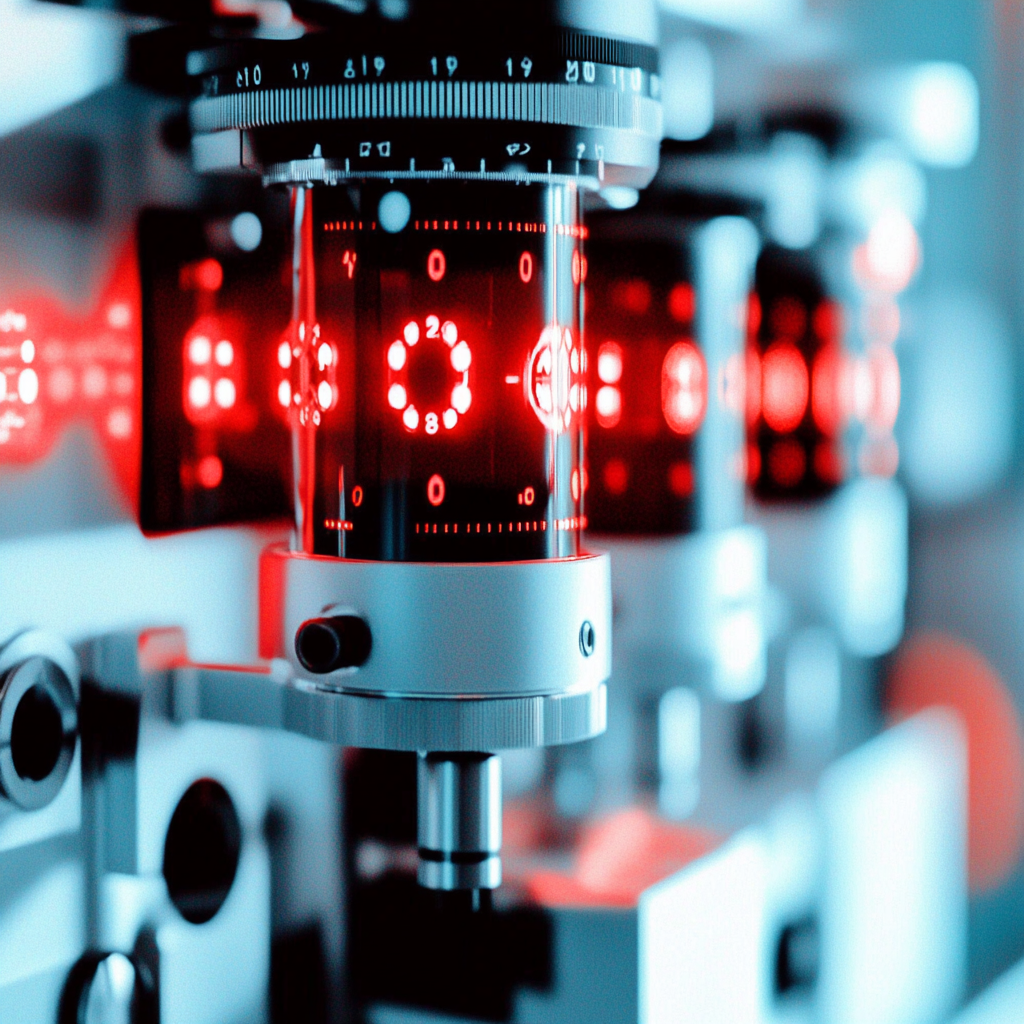JAMA Netw Open. 2025 Apr 1;8(4):e254858. doi: 10.1001/jamanetworkopen.2025.4858.
ABSTRACT
IMPORTANCE: The current treatment for adult tonsil disease, tonsillectomy (TE), may involve a burdensome recovery.
OBJECTIVE: To evaluate long-term efficacy (1- and 2-year efficacy) and cost-effectiveness of carbon dioxide (CO2) laser tonsillotomy (TO) vs TE.
DESIGN, SETTING, AND PARTICIPANTS: A prespecified secondary analysis of a randomized clinical trial was conducted in 5 Dutch hospitals. Participants included adults with persistent tonsil-related symptoms enrolled from January 25, 2018, to December 17, 2019. Data analysis was performed from January 5, 2025, to April 9, 2025.
INTERVENTIONS: Tonsillectomy under general anesthesia vs CO2 laser TO under local anesthesia.
MAIN OUTCOMES AND MEASURES: Intention-to-treat analysis on primary (persistent symptoms, defined as an answer of yes to the question of whether symptoms were still present, reported at 1 and 2 years) and secondary (symptom severity, patient satisfaction, quality-adjusted life-years [QALYs], and cost-effectiveness) outcomes.
RESULTS: In total, 98 patients were assigned to TO and 101 to TE; 98 were analyzed per group. The TO and TE groups were similar (69 [70%] vs 67 [68%] female; mean [SD] age, 29 [10] vs 30 [8] years). The most common symptom was sore throat with fever (34% vs 34%), with a baseline mean (SD) severity score of 57 (19) vs 59 (17) mm. At 1 year, 51.8% of patients assigned to TO had persistent symptoms vs 25.2% assigned to TE (odds ratio [OR], 3.2; 95% CI, 1.6-6.4; P < .001); at 2 years, 45.2% vs 19.7% had persistent symptoms (OR, 3.4; 95% CI, 1.7-6.7; P < .001). Symptom severity decreased significantly in both groups but was lower after TE at 1 year (14.8 vs 23.0 mm; mean difference, -8.1 mm; 95% CI, -14.8 to -1.5 mm; P = .02) and 2 years (10.8 vs 19.6 mm; mean difference, -8.8 mm; 95% CI, -14.7 to -2.9 mm; P = .001). Patient satisfaction was similar between groups; mean VAS scores were 79.0 (95% CI, 72.2-85.9) mm for TE and 69.3 (95% CI, 63.4-75.3) mm for TO at 1 year and 64.1 (95% CI, 55.7-72.5) mm and 64.4 (95% CI, 56.9-71.8) mm at 2 years. Similar proportions of participants would recommend the procedure at 1 year (79% TE vs 76% TO) and 2 years (71%, both). Both TE and TO demonstrated high cumulative QALYs at 2 years (EuroQol 5 Dimension: mean, 1.89 vs 1.84; mean difference, 0.05, P = .06; EuroQol Visual Analogue Scale: mean, 1.83 vs 1.81, mean difference, 0.02; P = .38). Tonsillotomy had lower overall costs ($869 vs $2363 for TE), with societal cost savings of $1925 (P = .001), and a 71% probability of cost-effectiveness at $25 907 per QALY (85%-93% in sensitivity analyses).
CONCLUSIONS AND RELEVANCE: The findings of this trial suggest that both CO2 laser TO and TE under general anesthesia significantly reduced long-term symptoms, with greater reduction after TE. TO had lower cost and similar patient satisfaction. Based on these findings, CO2-laser TO appears to be a safe, effective, and cost-effective method for long-term relief of tonsil-related problems with excellent patient satisfaction.
TRIAL REGISTRATION: trialregister.nl Identifier: NL 6866.
PMID:40299386 | DOI:10.1001/jamanetworkopen.2025.4858
